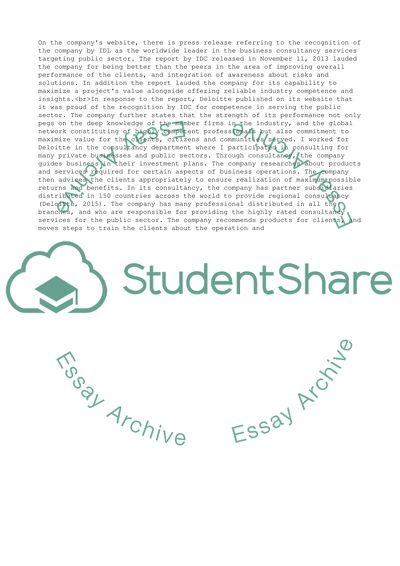Cite this document
(Problem solving Coursework Example | Topics and Well Written Essays - 3000 words, n.d.)
Problem solving Coursework Example | Topics and Well Written Essays - 3000 words. https://studentshare.org/management/1872747-problem-solving
Problem solving Coursework Example | Topics and Well Written Essays - 3000 words. https://studentshare.org/management/1872747-problem-solving
(Problem Solving Coursework Example | Topics and Well Written Essays - 3000 Words)
Problem Solving Coursework Example | Topics and Well Written Essays - 3000 Words. https://studentshare.org/management/1872747-problem-solving.
Problem Solving Coursework Example | Topics and Well Written Essays - 3000 Words. https://studentshare.org/management/1872747-problem-solving.
“Problem Solving Coursework Example | Topics and Well Written Essays - 3000 Words”. https://studentshare.org/management/1872747-problem-solving.


